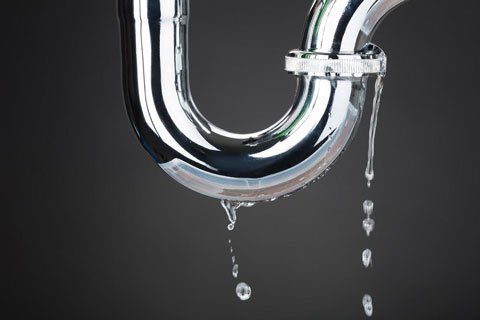6 Tested Techniques for Finding Hidden Water Line Leaks
6 Tested Techniques for Finding Hidden Water Line Leaks
Blog Article
The writer is making a number of good observations on Hacks to detect leaks as a whole in this content further down.

Early discovery of dripping water lines can alleviate a prospective disaster. Aside from conserving you money, it will certainly decrease the irritation and irritation. The minute you find a leakage, calling your plumber for repair work is the most effective service. Nonetheless, some little water leaks may not show up. Below are some hacks that aid if you can not find it with your nude eyes.
1. Take A Look At the Water Meter
Every house has a water meter. Examining it is a surefire way that assists you find leakages. For starters, shut off all the water resources. Make certain no one will flush, utilize the tap, shower, run the washing maker or dishwasher. From there, most likely to the meter and watch if it will transform. Since no one is using it, there ought to be no motions. If it relocates, that shows a fast-moving leakage. If you identify no adjustments, wait an hour or two and examine back once more. This suggests you might have a sluggish leak that might even be below ground.
2. Examine Water Intake
Examine your water expenses and also track your water intake. As the one paying it, you need to observe if there are any type of discrepancies. If you spot sudden changes, regardless of your intake being the same, it suggests that you have leakages in your plumbing system. Keep in mind, your water bill need to drop under the same array on a monthly basis. An unexpected spike in your costs suggests a fast-moving leak.
A consistent boost every month, even with the very same behaviors, shows you have a slow leakage that's additionally slowly rising. Call a plumber to completely check your property, particularly if you feel a cozy area on your flooring with piping beneath.
3. Do a Food Coloring Examination
30% comes from bathrooms when it comes to water consumption. Examination to see if they are running effectively. Drop flecks of food color in the container and also wait 10 minutes. If the color in some way infiltrates your dish throughout that time without flushing, there's a leak in between the storage tank and also dish.
4. Asses Outside Lines
Do not forget to inspect your exterior water lines also. Should water seep out of the connection, you have a loose rubber gasket. One small leakage can throw away loads of water and spike your water bill.
5. Check and Examine the Circumstance
Home owners should make it a routine to examine under the sink counters and even inside cabinets for any kind of bad odor or mold and mildew development. These two red flags suggest a leakage so punctual interest is needed. Doing routine evaluations, even bi-annually, can conserve you from a significant issue.
Inspect for discolorations as well as weakening as the majority of devices and pipes have a life expectations. If you presume leaking water lines in your plumbing system, do not wait for it to escalate.
Early discovery of leaking water lines can minimize a potential calamity. Some small water leakages may not be visible. Examining it is a surefire method that helps you uncover leaks. One small leakage can squander bunches of water and surge your water costs.
If you think dripping water lines in your plumbing system, don't wait for it to rise.
WARNING SIGNS OF WATER LEAKAGE BEHIND THE WALL
PERSISTENT MUSTY ODORS
As water slowly drips from a leaky pipe inside the wall, flooring and sheetrock stay damp and develop an odor similar to wet cardboard. It generates a musty smell that can help you find hidden leaks.
MOLD IN UNUSUAL AREAS
Mold usually grows in wet areas like kitchens, baths and laundry rooms. If you spot the stuff on walls or baseboards in other rooms of the house, it’s a good indicator of undetected water leaks.
STAINS THAT GROW
When mold thrives around a leaky pipe, it sometimes takes hold on the inside surface of the affected wall. A growing stain on otherwise clean sheetrock is often your sign of a hidden plumbing problem.
PEELING OR BUBBLING WALLPAPER / PAINT
This clue is easy to miss in rooms that don’t get much use. When you see wallpaper separating along seams or paint bubbling or flaking off the wall, blame sheetrock that stays wet because of an undetected leak.
BUCKLED CEILINGS AND STAINED FLOORS
If ceilings or floors in bathrooms, kitchens or laundry areas develop structural problems, don’t rule out constant damp inside the walls. Wet sheetrock can affect adjacent framing, flooring and ceilings.
https://www.servicemasterbyzaba.com/blog/how-to-detect-water-leakage-in-walls/

As a devoted person who reads on Finding hidden leaks, I assumed sharing that excerpt was really useful. Sharing is nice. Helping others is fun. Thanks a lot for your time spent reading it.
Tap leaks? Inform. Report this page